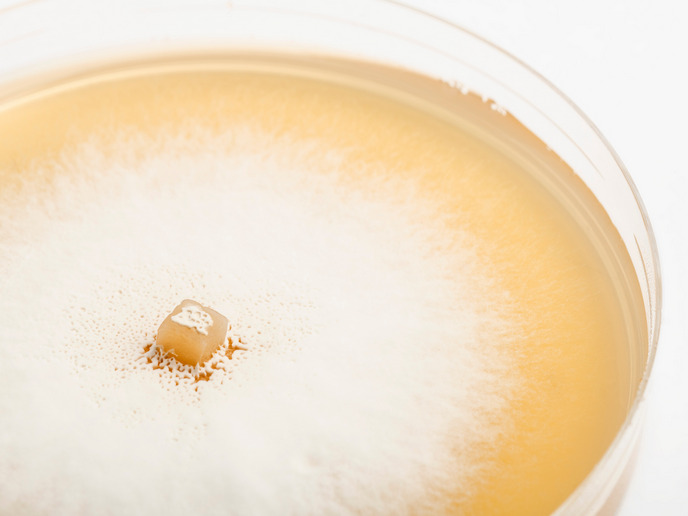A long-awaited modernisation of ceramic production methods
Ceramics were one of the first materials our ancestors mastered and transformed into the likes of ceramic tiles, pottery and clay bricks. With all this accumulated know-how – the first human and animal figurines made of clay appeared around 24000 BC – you could be forgiven for thinking that current ceramic producers use well-oiled processes with minimal to no loss or defects. The truth is, we are far from there. Instead of improving with time and experience, the way ceramics are produced has not changed much. They are still obtained by a process called forming – where inorganic powders, with or without water, are shaped into the desired product – followed by firing at high temperature, typically above 1 000 °C. “Both steps are crucial for the mechanical properties and quality of the final product, but even today, the ceramic processing and design are essentially based on trial-and-error,” says Prof. Andrea Piccolroaz, coordinator of the CERMAT2 (New ceramic technologies and novel multifunctional ceramic devices and structures) project. “The consequence of this approach is an extremely high rate of rejects, which has an impact not only on manufacturing cost but also on the sustainability of the ceramic industry. It’s not so surprising that the ceramics industry is one of the most energy demanding ones, and it is responsible for a large part of greenhouse gas and pollutants emissions.” CERMAT2 aims at no less than a revolution, one that would see the ceramics industry move away from its traditional ways to adopt a more rational and scientific approach. This approach, based on advanced nonlinear mechanical modelling, would involve a mathematical constitutive modelling of ceramic materials, experimental analysis, characterisation, and numerical simulation with the finite element method. The purpose? Optimising design through the use of Virtual Prototyping – under which the design is validated in silico using computer-aided engineering software without making use of a physical prototype. “We successfully developed this method, and we have now delivered the numerical routines and software for the optimal design of ceramic materials to our industrial partners,” Prof. Piccolroaz enthuses. “This is not only an advance in our knowledge of ceramic materials, but also a step forward in the mechanical design of ceramics.” To industries wishing to change their ways, Prof. Piccolroaz promises a significant reduction in manufacturing costs thanks to the use of virtual prototyping. Furthermore, software tools developed under the project will allow for predicting the mechanical properties of the final pieces, which is expected to have a major impact on the minimisation of defects and therefore the reduction of rejects. CERMAT2 was completed in October 2017, but work has been continuing since then. One of the project objectives involved training a new generation of young researchers in advanced nonlinear solid mechanics and numerical implementation, with applications in ceramic production. Some of these researchers have already created a successful start-up with the aim of extending and spreading the CERMAT2 methods across the ceramic industry. “We will continue the collaboration with them to make our new technology the new standard for ceramic production,” Prof. Piccolroaz concludes.
Keywords
CERMAT2, ceramics, industry, virtual prototypoing, production cost, rejects







